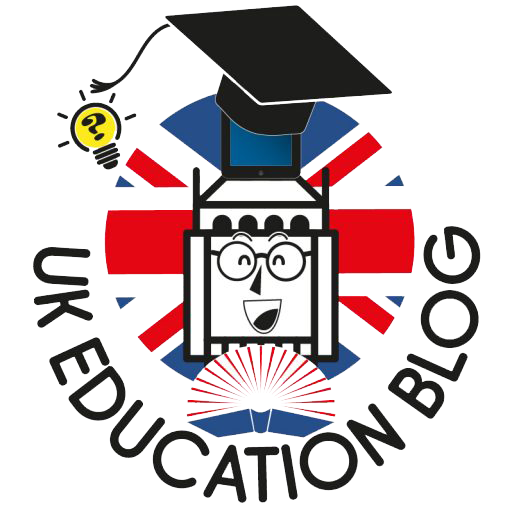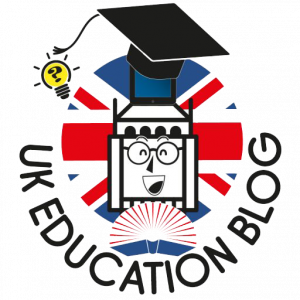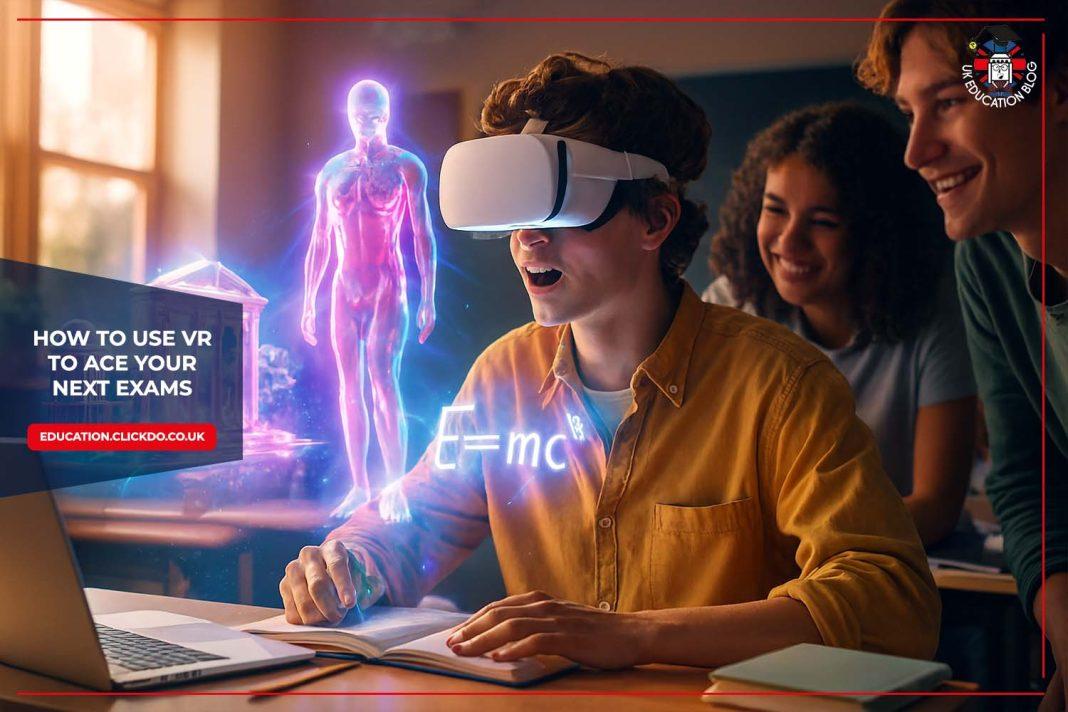As education continues to evolve and incorporate technology, students are often left wondering how they can leverage these advancements to improve their academic performance.
One such technology that has seen a surge in popularity in recent years is Virtual Reality (VR).
This immersive technology can offer a unique and engaging learning experience, making it an excellent tool for studying and preparing for exams.
The Concept of VR in Education
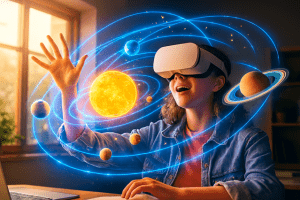
Virtual Reality, often referred to as VR, involves the use of computer technology to create a simulated, three-dimensional world that users can explore and interact with. In an educational context, VR can be used to create immersive, interactive learning environments that can help students better understand complex concepts and theories. This is made possible using VR Education Kits, which are specially designed to provide a comprehensive VR learning experience.
The Power of VR Education Kits
VR Education Kits are a game-changer in the world of education. These kits include VR headsets, controllers, and educational software that allow students to immerse themselves in the subject matter they are studying. For instance, a student studying anatomy can use a VR Education Kit to virtually dissect a human body, examining each organ and understanding its function in a way that would be impossible with traditional learning methods.
The practical application of these kits goes beyond just visual learners. They can also be beneficial for auditory learners who can listen to explanations and instructions while interacting with the VR environment. This multi-sensory approach to learning can significantly help students retain information and understand complex theories, thereby improving their performance in exams.
Incorporating VR into Study Routines
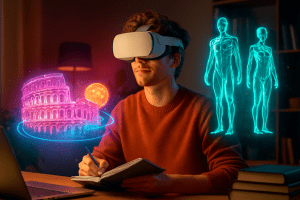
Incorporating VR into your study routine can be relatively straightforward. Many VR Education Kits come with a range of pre-made educational experiences, covering a wide range of subjects. Students can select the experiences that align with their study topics and use these immersive tools to explore and understand the subject matter in a much more engaging and interactive way.
Furthermore, many VR platforms allow users to create their own content. This means that students can tailor their VR experiences to suit their specific study needs. For instance, a history student could create a VR experience that takes them on a tour of Ancient Rome, helping them to visualise and understand the historical context of their studies.
The Future of VR in Education
The use of VR and AI in education is a trend that’s likely to continue to grow in the future. As VR technology becomes more sophisticated and affordable, it’s likely that more schools and educational institutions will begin to incorporate VR into their teaching methods. This could transform the way students learn, making education a more engaging, interactive and enjoyable experience.
Author Profile

- Shirley Owen is a blogger and writer who enjoys writing blogs on education, technology and general news. An avid reader, she follows all the latest news & developments to report on them through her articles.
Latest entries
 learningOctober 28, 20257 Daily Classroom Strategies Helping Children With Learning Differences Thrive
learningOctober 28, 20257 Daily Classroom Strategies Helping Children With Learning Differences Thrive 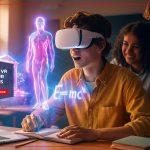 ed techSeptember 29, 2025How to use VR to Ace your next Exams
ed techSeptember 29, 2025How to use VR to Ace your next Exams educationSeptember 18, 2025A Guide to the European Accessibility Act for Schools and Universities
educationSeptember 18, 2025A Guide to the European Accessibility Act for Schools and Universities educationSeptember 18, 20255 Ways Teachers Can Support Students from Divorced or Separated Families
educationSeptember 18, 20255 Ways Teachers Can Support Students from Divorced or Separated Families
